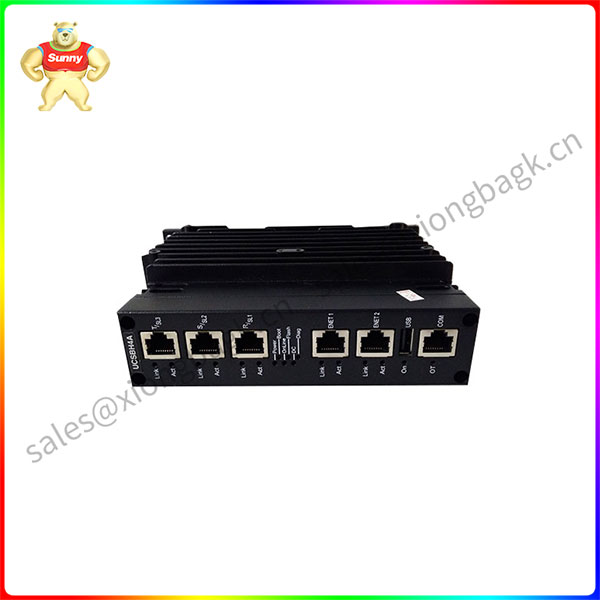General Electric (GE) recently introduced a new embedded controller module – IS220UCSAH1A, which brings new technological breakthroughs in the field of industrial automation with its high-performance processor and powerful communication capabilities. As part of the Mark VIe family, the IS220UCSAH1A is designed for distributed turbine control systems for a variety of industrial applications, including but not limited to power systems, power plants, industrial automation, and more.
Main features:
Processor: The 667 MHz Power QUICC II Pro Freescale processor provides efficient processing power.
Operating System: The QNX Neutrino® real-time multitasking operating system is designed for high speed and reliability.
Communication interface: Two 10/100BaseTX Ethernet ports for UDH connectivity and three additional 10/100BaseTX Ethernet ports for IONet connectivity support high-speed data exchange with other devices.
Storage capacity: Has sufficient memory and storage capacity to meet the storage requirements of programs, data, and configuration information.
Programmability: Supports programmable control logic, allowing users to customize according to application requirements.
Real-time: High real-time response to meet the strict requirements of industrial automation systems.
Working environment: Designed for industrial environment, it can operate stably in the temperature range of -30℃ to 65℃, using natural cooling.
Installation mode: The base can be installed in the cabinet for easy system integration.
The introduction of the IS220UCSAH1A module further enrichis GE’s product line in the field of industrial automation and control systems, and its high reliability and flexibility make it an ideal choice for industrial control systems. The wide application of this module will provide strong support for improving production efficiency and reducing failure rate.
With the continuous progress of industrial automation technology, the introduction of IS220UCSAH1A module will undoubtedly bring a safer and more efficient operating experience to the control system, and further promote the development of Industry 4.0.
 中文版
中文版





